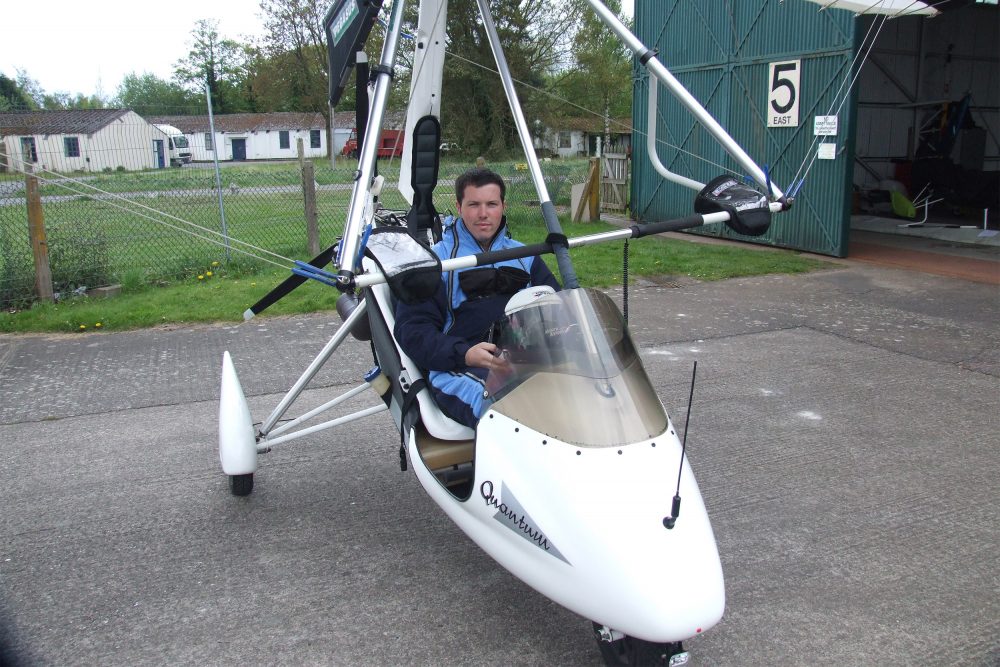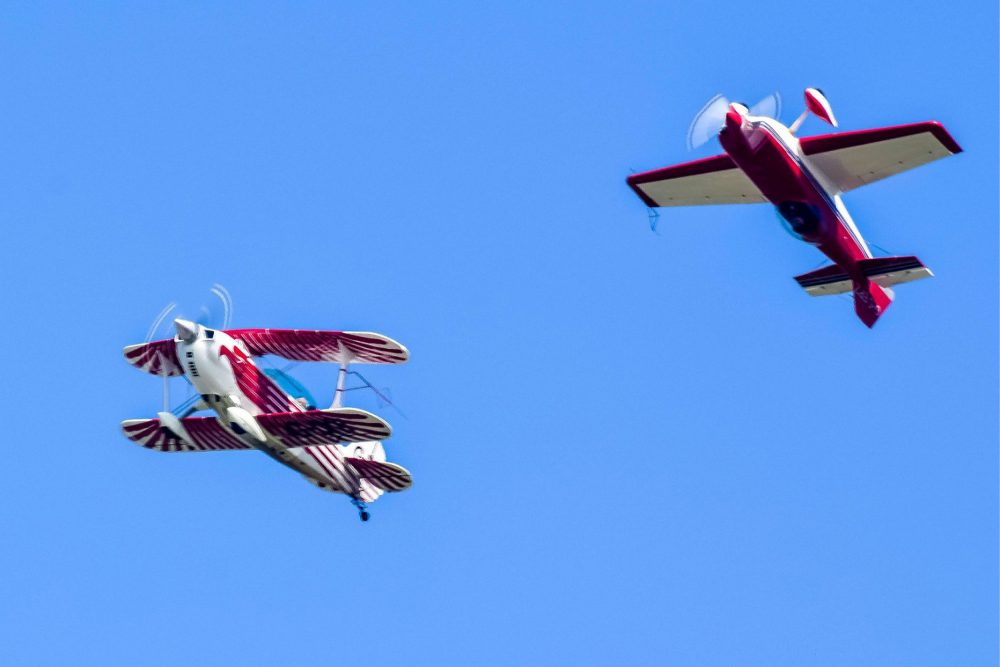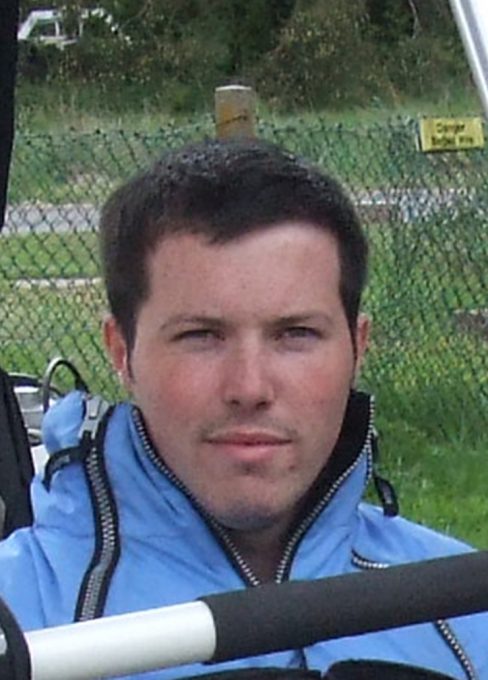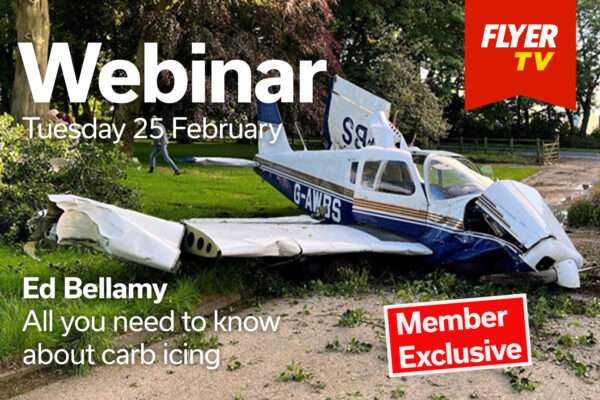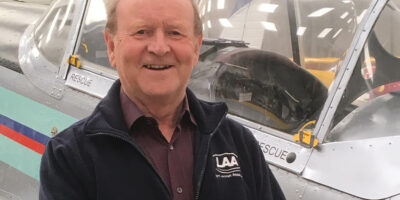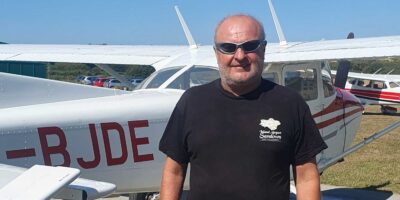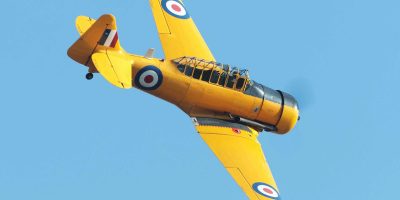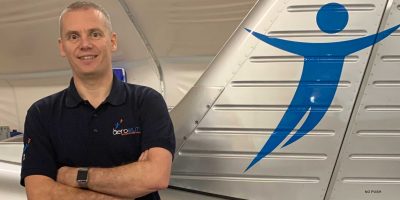How did you get into aviation?
It all started with my old man, he used to take me aeromodelling when I was still in a carry cot. A passion for remote control fixed and rotary aircraft led to a flight in a light aircraft, which was a moment of true inspiration. Straight from that very first take-off, I knew I simply had to achieve my licence.
How did your flight training go?
My initial training was quite drawn out, as it formed part of an engineering degree. Over the space of two years, I had eight different instructors (not by choice!) from two different airfields, Liverpool and Barton, flying PA-38 Tomahawks.
“Every flight is an education – there’s always something new to learn, consider or evaluate”
After soloing, I changed flight schools and aircraft, flying a C152 from Wolverhampton. Having obtained my PPL, I continued different flight training and eventually completed my Display Authorisation. I’ve had the opportunity to fly various aircraft, ranging from a two-stroke flexwing to high-performance aerobatic light aircraft. To me, every flight is an education – there’s always something new to learn, consider or evaluate.
Did you expect your first solo?
Yes and no. The customary circuits were going well up until the final one. On climb out from Barton, approaching the wires, we had a bird strike on the canopy. Thankfully it had no physical effect on the aircraft, so I kept climbing. Once over said wires, the CFI pulled the power back and said, ‘engine failure’. My training kicked in and after I went through the drill, my instructor reported climbing away and I carried on with the circuit. To my surprise, after landing he told me not to stop the engine as he was getting out. In my post-first solo debrief, he said I handled both the bird strike and his cruelly timed EFATO well, so on that basis he decided to let me go solo.
What are you looking forward to under the move to the 600kg weight limit?
The increased scope of aircraft eligible to operate as a microlight on a BMAA Permit to Fly. The 600kg MAUW and 45kt stall speed (landing configuration) significantly increase the category while retaining the freedoms, privileges, and ethos we currently benefit from. I’m particularly excited to see what designs manufacturers will create in the new regulated single-seat category.


